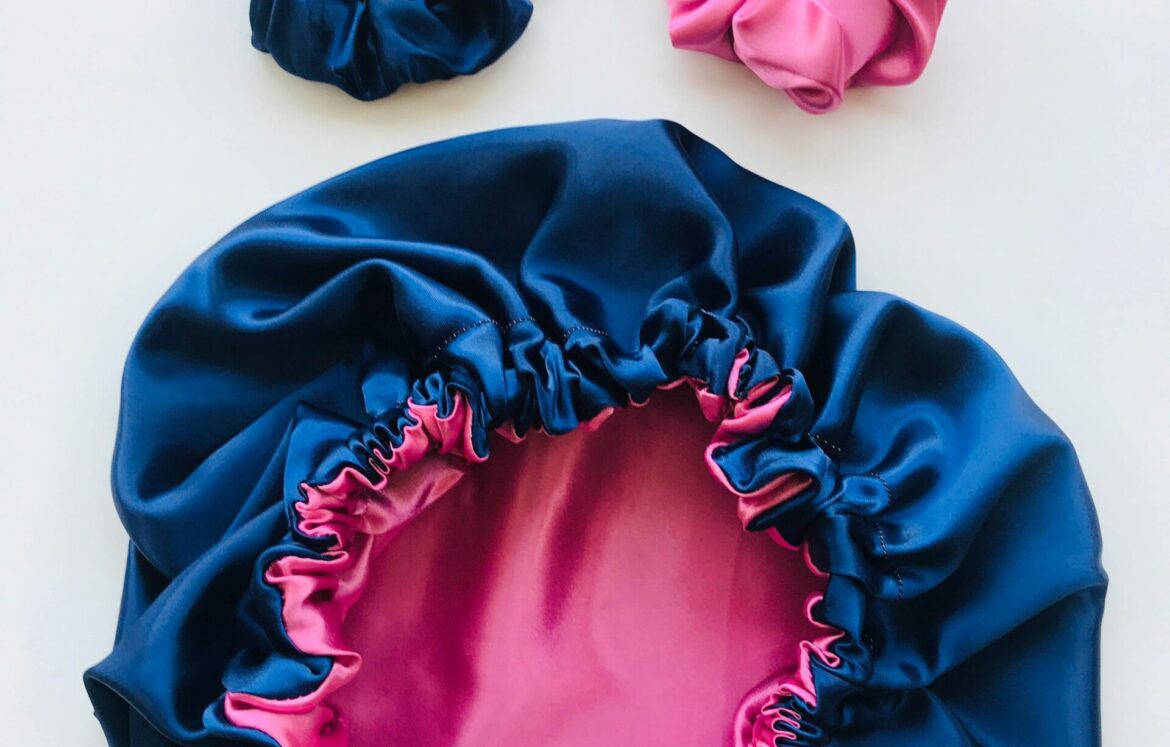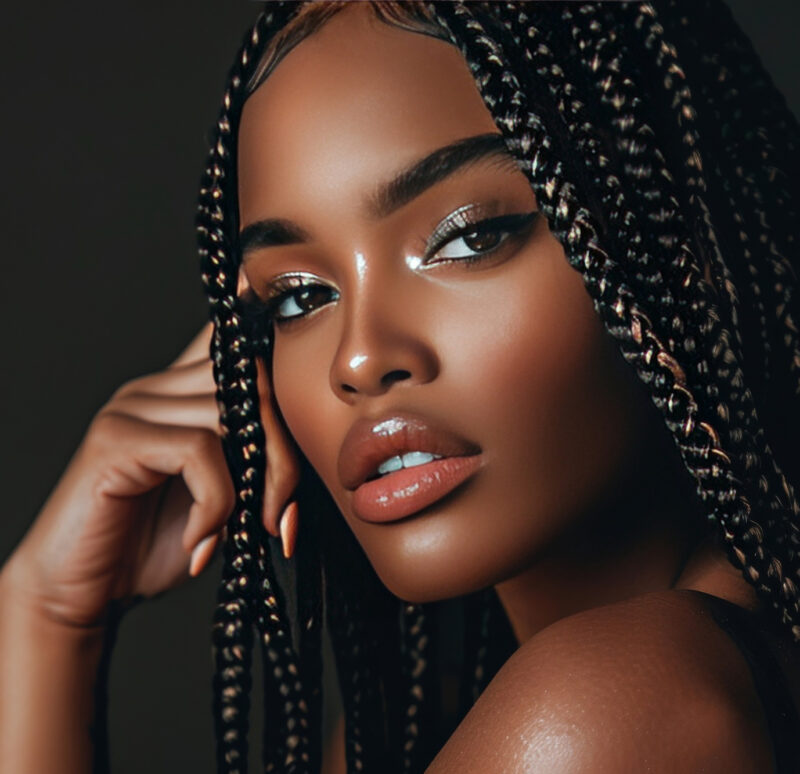Tips on how to Protecting Your Hair Overnight

Ensuring the health of your hair while you sleep is vital for preventing breakage and frizz. The right materials can make a significant difference in maintaining moisture and reducing friction. Below are detailed methods and expert tips on safeguarding your hair overnight.
1. Satin or Silk Pillowcase
Switching to a satin or silk pillowcase can transform your hair care routine while you sleep. The unique properties of these materials offer substantial benefits.
Benefits:
- Reduces Friction: Unlike cotton, which can cause friction and tangling, silk and satin create a smooth surface that allows your hair to glide effortlessly, minimizing the risk of breakage.
- Moisture Retention: These materials are less absorbent compared to cotton, helping your hair retain its natural oils. This is especially beneficial for those with dry or curly hair types, preventing unwanted dryness throughout the night.
- Less Frizz: The slippery surface of silk and satin helps combat static, significantly reducing frizz and keeping your hair looking sleek.
Tips for Use:
- Choose Quality Material: Look for pure silk or high-quality satin pillowcases. The longevity and effectiveness of the material can greatly affect your hair’s health.
- Regular Washing: Keep pillowcases clean by washing them weekly to eliminate oil buildup, which could lead to scalp issues. It’s advisable to use mild detergents to maintain the fabric’s quality.
- Layering Techniques: If you implement multiple protection methods, such as wearing a bonnet, ensure that both are made from satin or silk. This combination offers an added layer of protection and maximizes hair health.
2. Satin or Silk Bonnets
Bonnets provide comprehensive protection for your hair, covering it entirely and minimizing exposure to friction during sleep.
Benefits:
- Full Coverage: Bonnets are particularly advantageous for individuals with curly, coyly, or longer hair, ensuring it stays secure and untangled throughout the night.
- Prevents Tangling: The snug fit of a bonnet ensures that your hair remains in place, reducing the likelihood of tangles.
- Moisture Retention: Bonnets help your hair retain essential moisture, especially crucial for those with drier or chemically processed hair types.
Tips for Use:
- Fit Matters: Select a bonnet with a snug yet comfortable band that fits your head securely without causing indentation or tension.
- Inside Out Technique: If your bonnet has seams, consider wearing it inside out. This can prevent unwanted imprinting lines on your hair.
- Double Layer for Volume: If you have thick or voluminous hair, opt for a double-layered bonnet for extra containment and protection.
3. Scarves (Satin or Silk)
Using a satin or silk scarf can be both a stylish and effective method for protecting your hair.
Benefits:
- Customizable Fit: Scarves are versatile, allowing you to wrap and style them to suit various hairstyles (like the pineapple method for curls or securing braids).
- Protects Edges: Wrapping your hair in a scarf significantly reduces friction around delicate areas like your hairline, helping to prevent breakage in these sensitive spots.
- Style Preservation: Scarves help maintain the integrity of hairstyles like braids, twists, or curls, allowing you to wake up ready for the day.
Tips for Use:
- Proper Wrapping Technique: Choose a large scarf for adequate coverage. Fold it into a triangle and tie it securely at the nape of your neck. This ensures that all your hair is comfortably wrapped.
- Secure Tying: Avoid overly tight knots, as this can put stress on hair follicles and lead to breakage.
- Enhance Your Night Routine: For added hydration, consider applying a light oil or leave-in conditioner before wrapping your hair to lock in moisture.
4. Satin or Silk Hair Turbans
Hair turbans offer a convenient alternative to scarves, providing a pre-fitted shape designed specifically for hair protection.
Benefits:
- Ease of Use: Hair turbans are quick to put on, making them an excellent choice for those who may struggle with the wrapping technique of scarves.
- Hair Mask Aid: If you’re engaged in overnight hair treatments or masks, turbans can help retain heat, enhancing the effectiveness of these treatments.
Tips for Use:
- Select the Right Size: Choose a turban that accommodates your hair’s volume without feeling restrictive. A well-fitting turban can prevent slipping and discomfort.
- Ensure Stability: Look for turbans with adjustable straps or elastic bands to keep them in place throughout the night, ensuring thought-free protection.
By integrating these methods into your nightly routine, you can significantly improve the health of your hair, minimize breakage, and enjoy smoother, shinier locks each morning.







